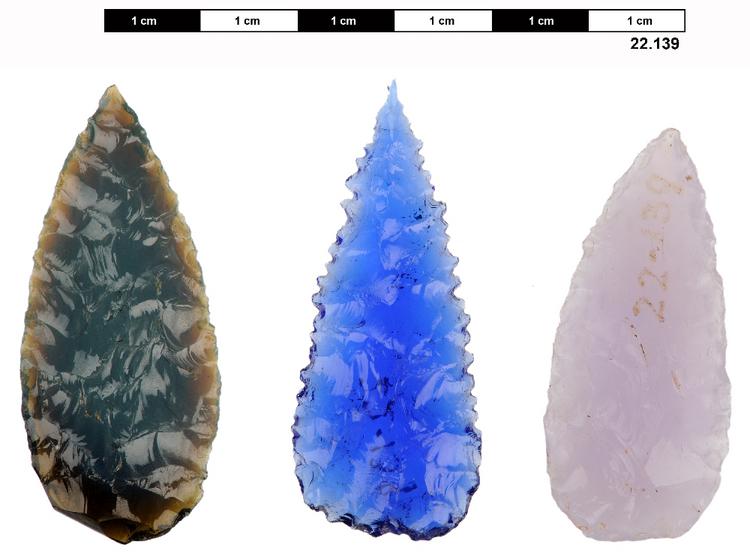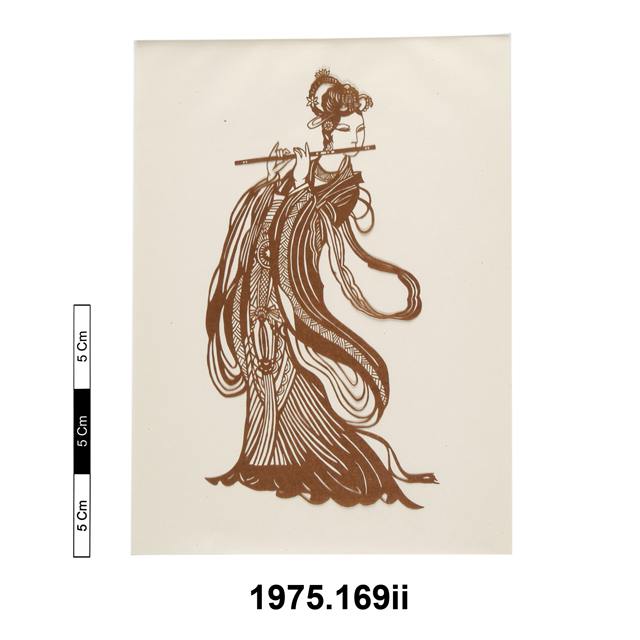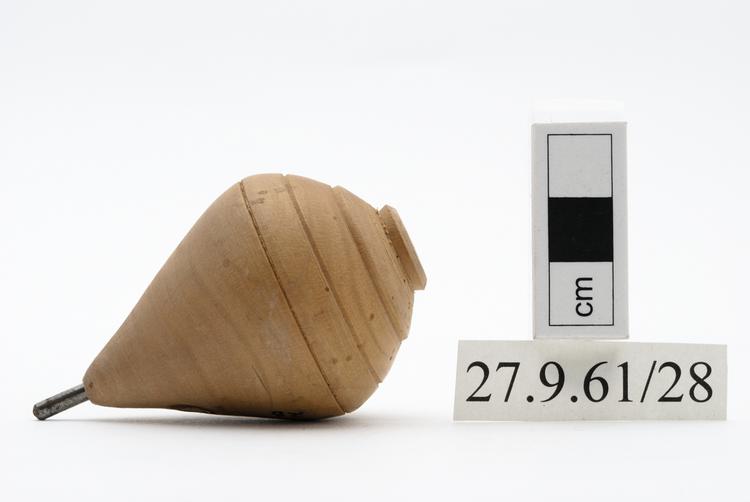

5 glass spearheads. Milky blue glass spear head, a leaf shaped lilac spear head, a green glass leaf shaped serrated spear head, a more triangular green glass serrated spear head and a serrated spear head of blue glass.
Glass Spearheads, Unggumi People, Kimberley District, Western Australia. Pressure-flaked spearheads in quartzite have been produced in the northern Kimberley area of Western Australia for more than 3000 years. Following the arrival of European traders and their imports, the Unggumi people and others also began to create similar spearheads in bottle glass and porcelain, with the additional benefits of transparency, deep colour and extremely sharp edges. The ceramic insulators used to support cross-country telegraph wires also made particularly good blades, and many were taken for this purpose. The highly symmetrical workmanship of these Unggumi blades meant that they were highly desirable to all who saw them, and they were found traded by Aboriginal groups up to a thousand kilometres away to the south. The Unggumi technique of manufacture was the same in the original quartzite and basalt as it was in these new materials: each point required hours of work. Generally, the rough blank of the blade is produced by applying a hard rounded hammer-stone to the large core. Once reduced to the correct shape and size, the distinctive undulating serrated edges were produced by pressure flaking. This technique involved applying a pressure flaking stick (in the Australian case generally a shaped piece of hard kangaroo bone) at an oblique angle to the flat of the blade. Evenly spaced along the blade, this chipped off several small flakes running back from the edge of the blade. Glass. Early 20th Century. Bought by Mr T.F. Prime in the Port Roebourne area circa 1920, and sold to the Museum in 1922.
fighting






